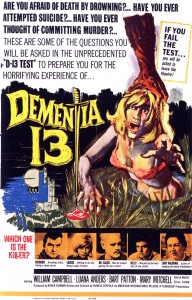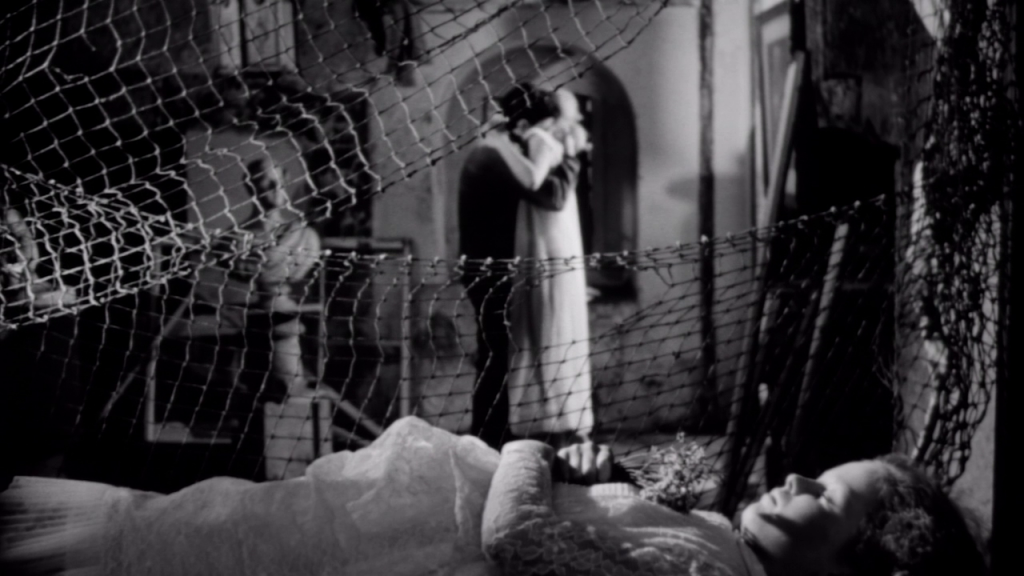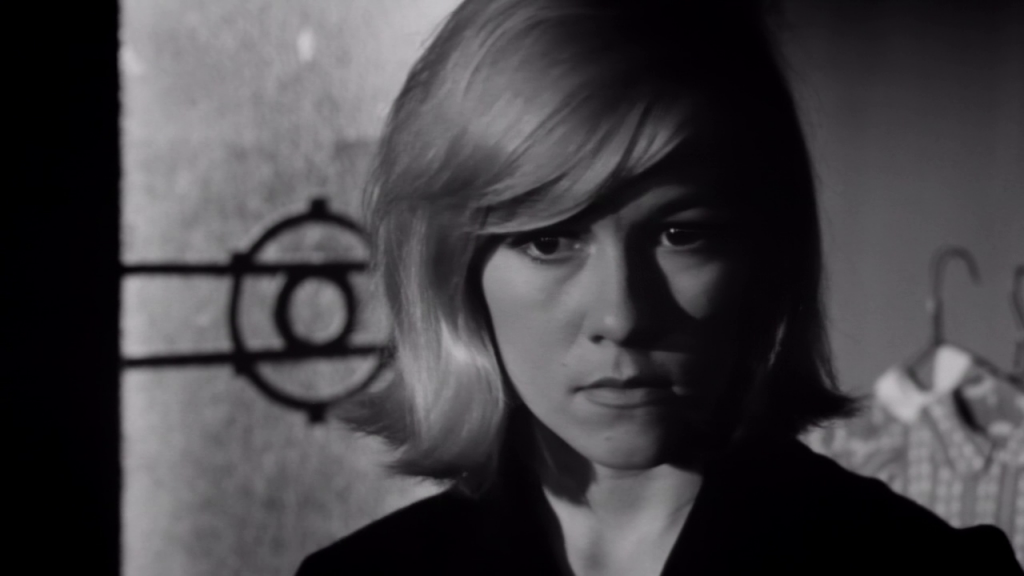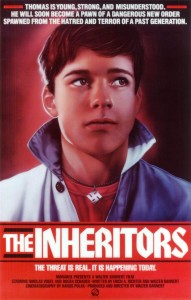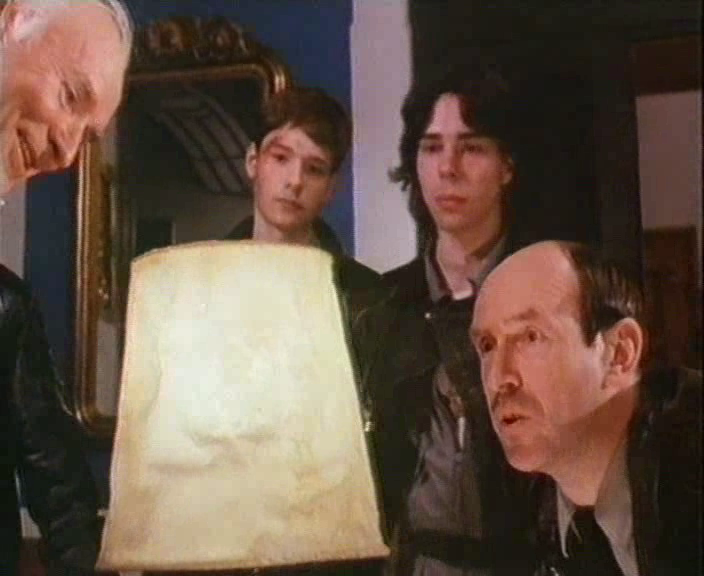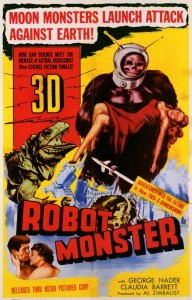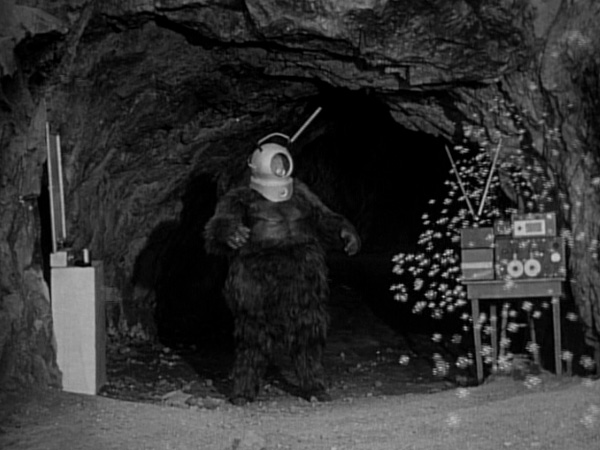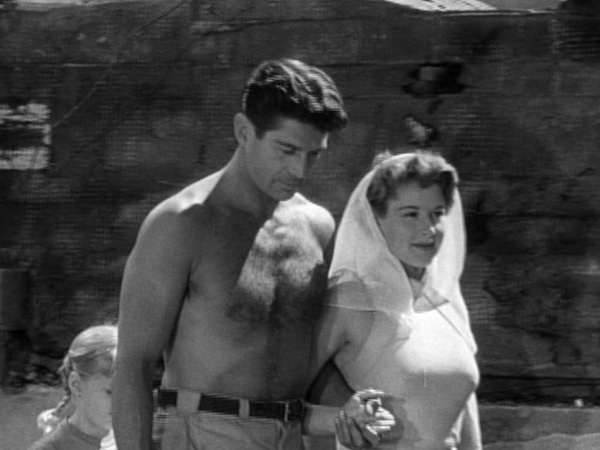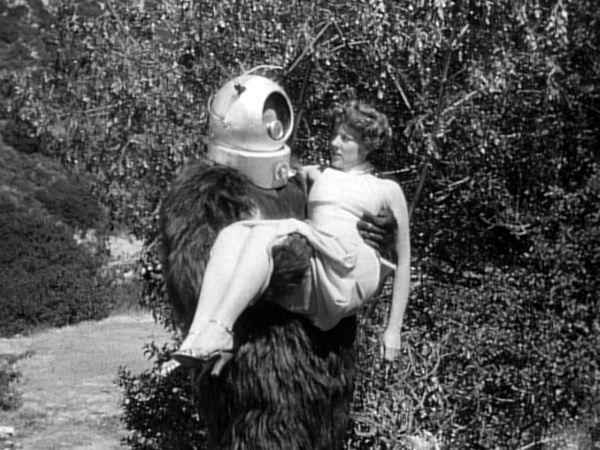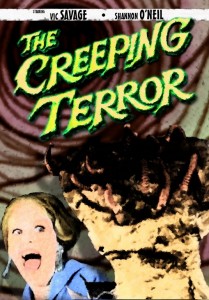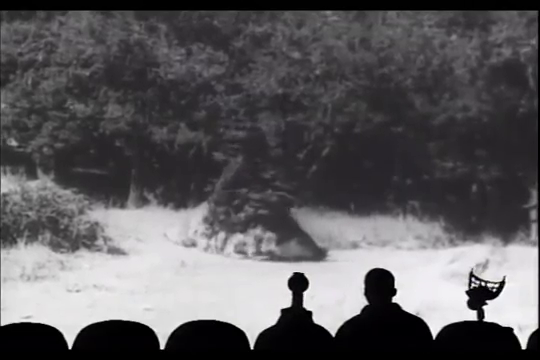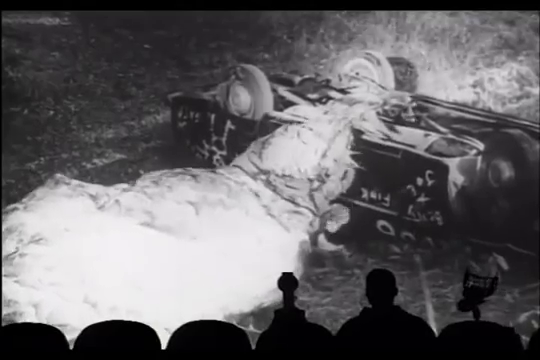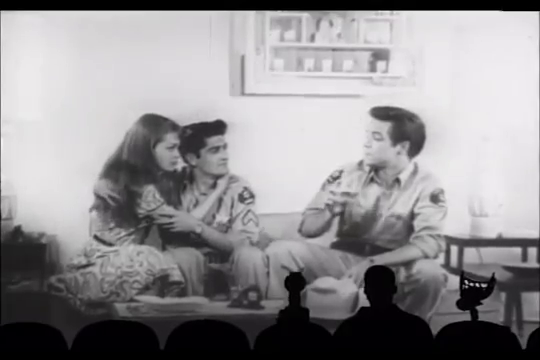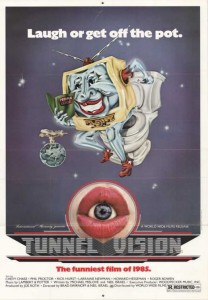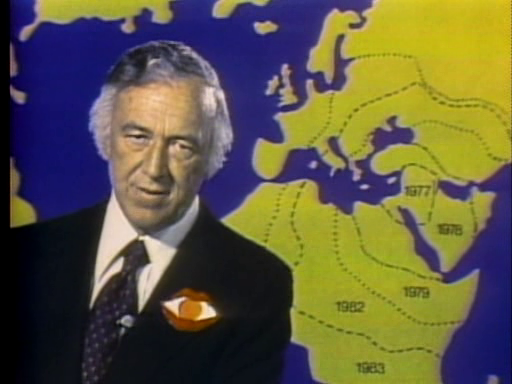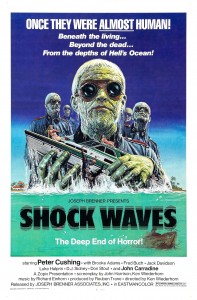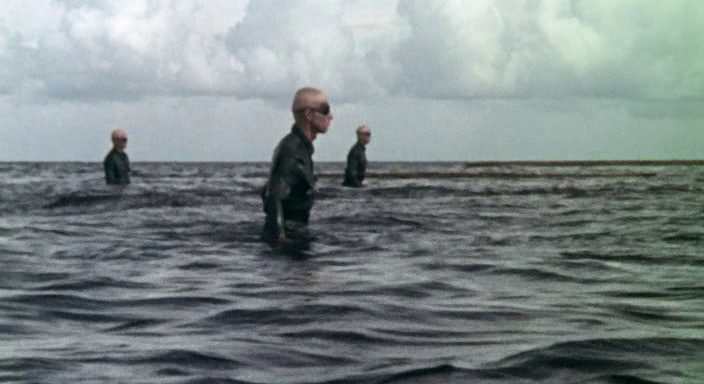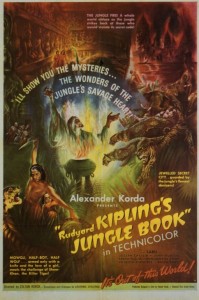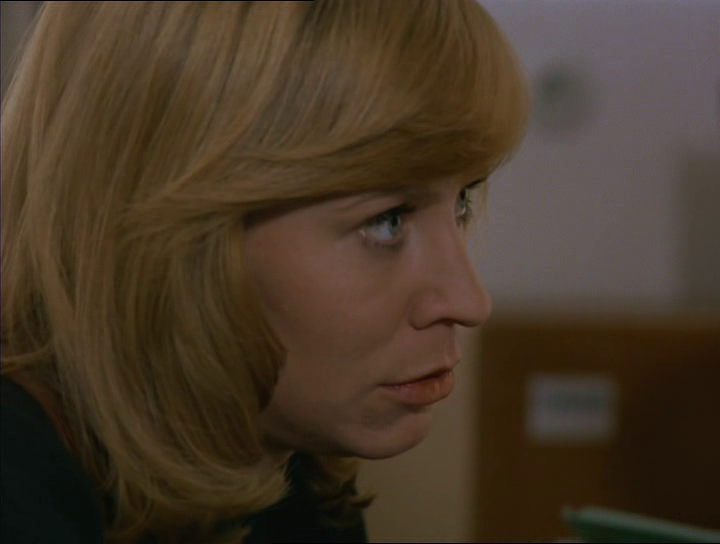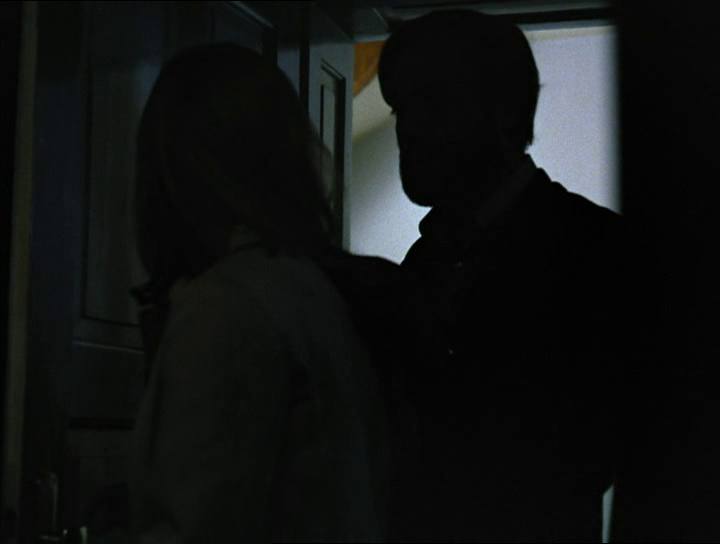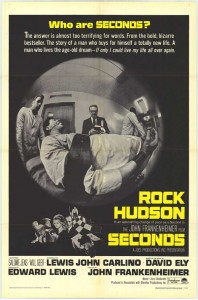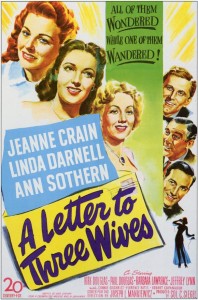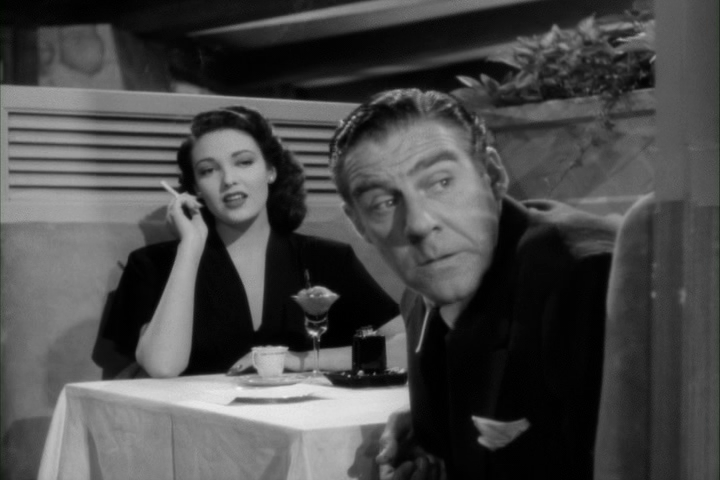|
Genres, Themes, Actors, and Directors:
- John Frankenheimer Films
- Living Nightmare
- Midlife Crisis
- Plastic Surgery
- Psychological Horror
- Rock Hudson Films
- Science Fiction
Response to Peary’s Review:
Peary writes that John Frankenheimer’s Kafka-esque psychological horror film (based on a 1963 novel by David Ely) is “one of the most depressing science fiction films ever made — perhaps because its premise seems credible — and one of the most provocative”; he notes that “if you don’t detest this film, then chances are you’ll greatly admire it”. While it was once challenging to see (it received poor reviews and limited screenings until 1988), it’s long held “an enormous cult following” and remains a fascinating — if undeniably emotionally challenging — viewing experience. As Peary writes, “the acting in the film is first-rate” (Hudson gives his best-ever lead performance) and “John Frankenheimer’s direction seems appropriately audacious, if overly self-indulgent”. However, Peary rightly notes that “the ‘star’ of the film is cameraman James Wong Howe, who used black-and-white photography and assorted lenses to create the most sinister-surreal-paranoid atmosphere the genre had ever known”. Howe’s “striking contributions” included “putting a camera with a wide-angle lens on a wheeled suitcase-carrier for bizarre shots of Randolph walking through Grand Central Station” and “using a fish-eye lens for the horrifying final shot of Hudson’s last seconds”, in addition to incorporating a “segment of a real nose operation” for the opening title sequence (designed by Saul Bass).
In Peary’s Cult Movies 3, he includes an extended essay on Seconds written by Henry Blinder, who interviewed Randolph, screenwriter John Carlino, composer Jerry Goldsmith, and producer Edward Lewis. Blinder writes unequivocally that “Seconds is quite possibly the most depressing film ever made — it is a film of unrelieved despair”, and (citing Carlino) “almost too painful to watch”. Blinder refers to Seconds as “the living nightmare of a man who acts to fill his emptiness without having an idea of what to fill it with”, culminating in “one of the most harrowing murders ever filmed”. In his analysis, Blinder references other key cinematic works — noting, for instance, that the final shot in Seconds is akin to “Rosebud” in Citizen Kane (1941), and that Ely’s original novel was a precursor of sorts to Ira Levin’s novel-turned-movie The Stepford Wives (1975): “In Ely’s work, the men pay a great deal of money to alter/replace themselves; in Levin’s the men pay a great deal of money to alter/replace their wives”.
Indeed, Seconds is very clearly about males in crisis, given that the two key females — Reid as Randolph’s wife, and Jens as Hudson’s free-spirited new lover — are ultimately supporting players in his story, and the nefarious “company” is run by (white, middle-aged) men. Blinder writes that Ely’s novel “was inspired by a startling statistic: At the time, 80,000 middle-aged American men left their wives and children each year, never to return”, causing Ely to hypothesize “that big business might want to capitalize on the legion of wealthy men”. The somewhat opaque workings of “The Company” provide a chilling example of fatal coercion in marketing, given that new members are not-so-subtly “encouraged” to name another potential client for the expensive underground procedure before they’re allowed to move on to another “level”. Hudson’s ultimate refusal to “name names” is a poignant tribute to the blacklisted actors brought out of obscurity to play either supporting (Jeff Corey, Will Geer) or central (John Randolph) roles. There is much more to say and discuss about Seconds, but simply put, it remains must-see viewing: steel yourself.
Note: Seconds is often referred to as the third of Frankenheimer’s “paranoia trilogy”, following The Manchurian Candidate (1964) and Seven Days in May (1964).
Redeeming Qualities and Moments:
- Saul Bass’s opening title sequence
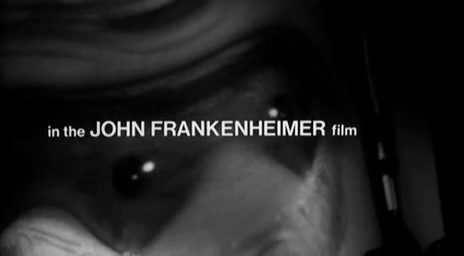
- Rock Hudson as reborn Arthur

- John Randolph as older Arthur
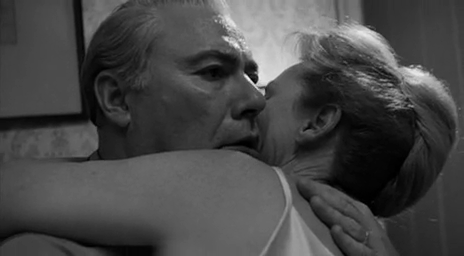
- Fine supporting performances by Will Geer and others
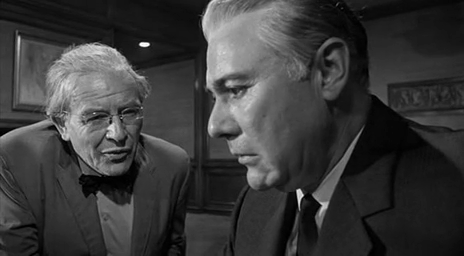
 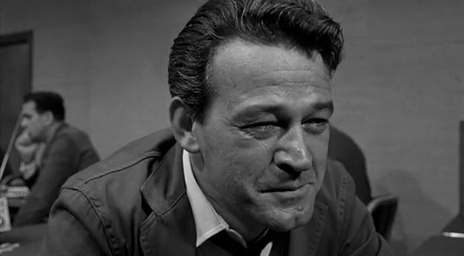
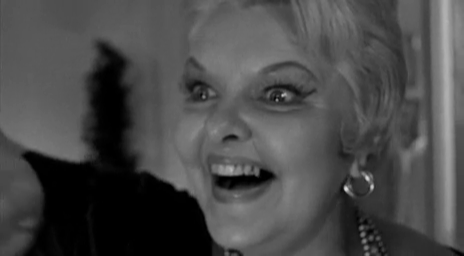
- James Wong Howe’s superb cinematography
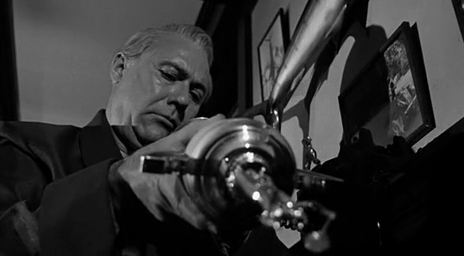
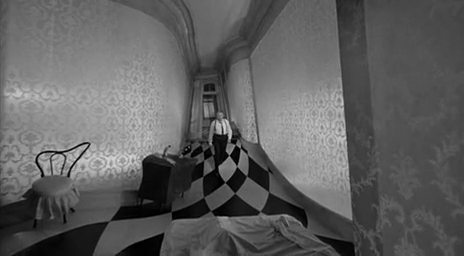
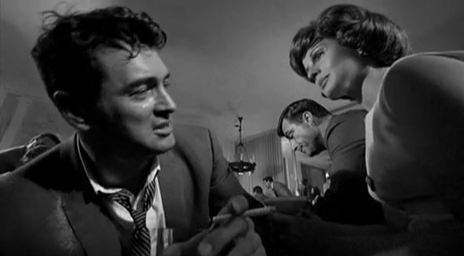
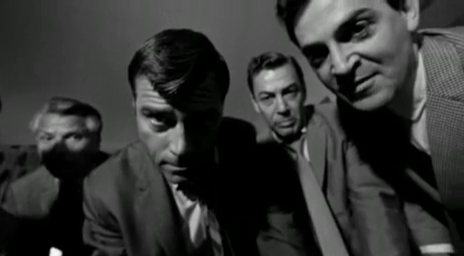
- Jerry Goldsmith’s score
Must See?
Yes, as a cult classic.
Categories
- Cult Movie
- Oscar Winner or Nominee
(Listed in 1001 Movies You Must See Before You Die)
Links:
|
